Nissan Micra Tekna
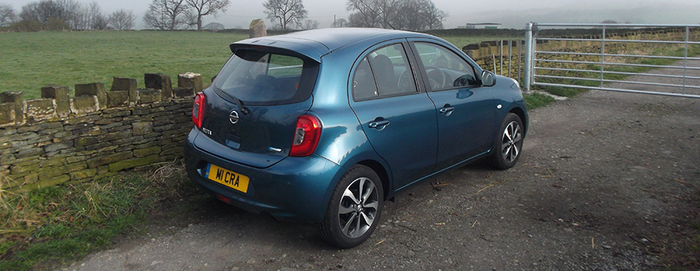
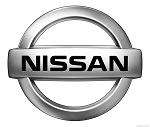 The Micra has been around for many years with the first generation being launched in 1982, the second in 1992 and the third in 2002, the fourth was in 2010, and now we are on to the fifth. The third and fourth were not the prettiest of small cars and Nissan did seem to lose their way in terms of styling and value for money.
The Micra has been around for many years with the first generation being launched in 1982, the second in 1992 and the third in 2002, the fourth was in 2010, and now we are on to the fifth. The third and fourth were not the prettiest of small cars and Nissan did seem to lose their way in terms of styling and value for money.
The fifth Generation does not have as many “curves” and looks less like a bubble, but is still not the nicest looking small hatch. There are some others that beat it in terms of design, but it is more aesthetically pleasing than the previous model.
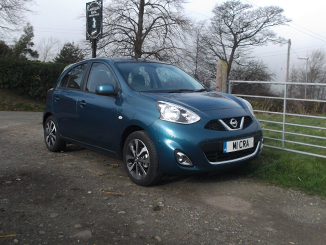
The new Micra’s styling has certainly improved and does have a few nice touches such as the front lights which are now much more in-keeping with the rest of the car’s lines and the front grille and lower air intake which makes the front end look more aggressive and gives it more of the Nissan family look. The roof though is a bit unusual as it has two-semi-circles, or indentations towards the front end of the roof, directly above the front seats. Nissan say these do not have a technical name, but say it lowers weight (don’t know how) and helps CO2 (don’t know how this works either) but as a design feature, it does work and is a little different.
The car we had on test was powered by the supercharged 3 cylinder, 1198cc petrol engine that produces 98ps, goes from 0-62mph in 11.4 seconds, with a top speed of 112mph, where permitted. The CO2 figure is a very respectable 99g/km and the combined fuel consumption figure is 65.7 mpg, but we managed just over 50 mpg according to the on-board computer while we had the car.
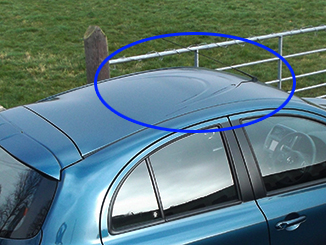
The line-up of Nissans is a bit complicated and difficult to remember which way round the models are. The lowest model is the Visia, then Acenta, then the car we had, the Tekna - my tip to get them the right way round is think of V A T.
The Tekna is fully loaded with plenty of standard equipment including: Parking Slot Management, rear parking sensors, cruise control and speed limiter, trip computer, front fog lamps, climate control, LED tail lamps, 16 inch alloys, remote central locking and Bluetooth phone integration, to name just a few. But all of this does come at a price; this car with metallic paint costs £14,650 OTR.
The interior is of fairly high quality and is more than acceptable for this size of car. The seats are comfortable and supportive and all the controls are easy to use, with no hidden buttons or levers, it all works well.
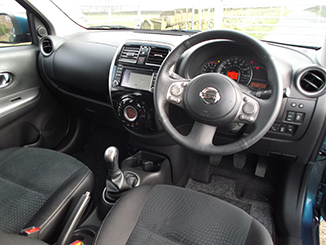
The registration number of the Micra we had was M1CRA, which did attract quite a bit of attention. Even the Police took an interest in it, but it was legal and has been owned by Nissan UK for a good number of years and when we did a registration number look up using CAP Valuation Anywhere it returned a Nissan Micra 1.2 DIG-S Tekna, in blue and registered in August 2013.
The new Nissan Micra doesn’t particularly stand out in this popular sector, although it does offer lots of equipment, reasonable fuel consumption, plenty of power from its 3 cylinder engine and a sub-100g/km CO2 figure. The 98ps doesn’t sound much, but in reality is always felt on top of everything it had to do, and easily maintained 70mph on the motorway and went up some steep hills in top gear around Yorkshire with ease.
But why would anyone chose one over everything else in the sector? For a lot of people it is just the fact that it is a Nissan. Nissan have in the past had a strong following in this sector. With this new, improved model, there are more reasons to buy a Micra than there have been in recent years.
Martin Ward, Manufacturer Relationship Manager


